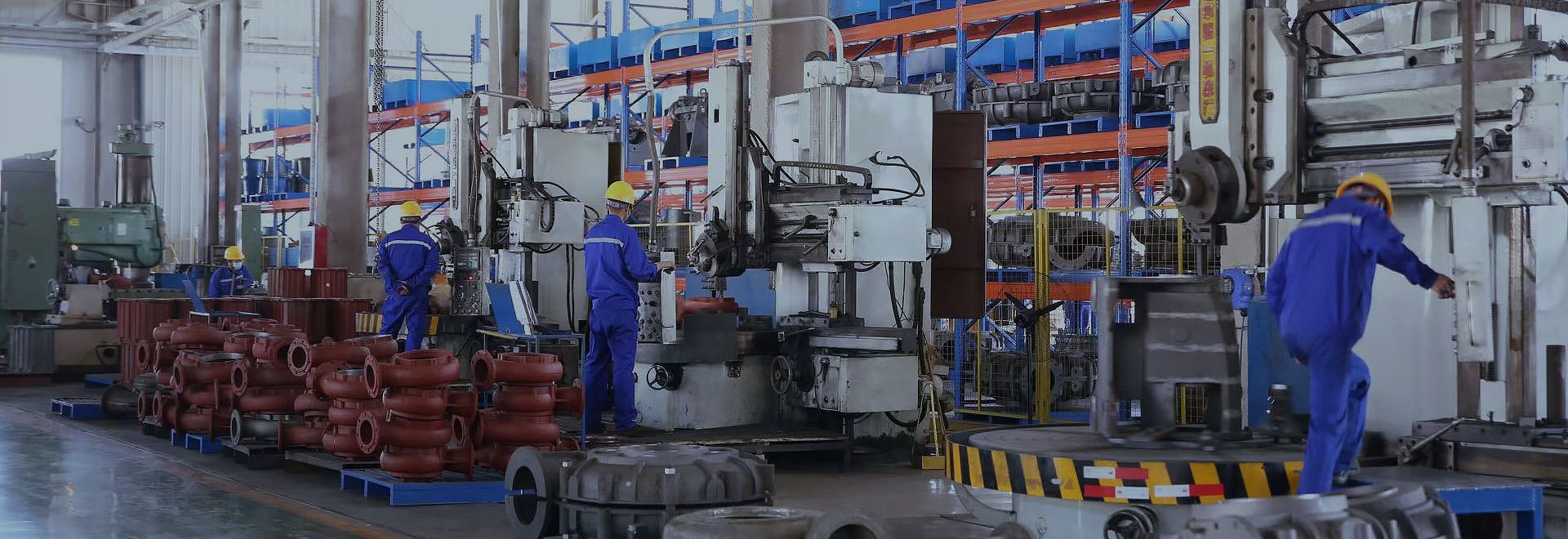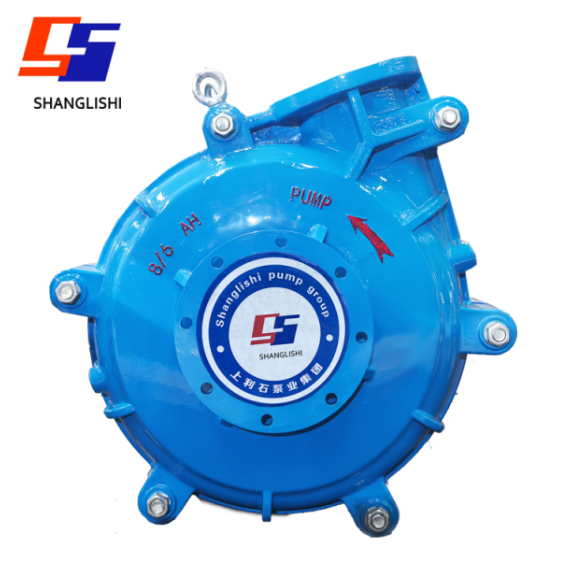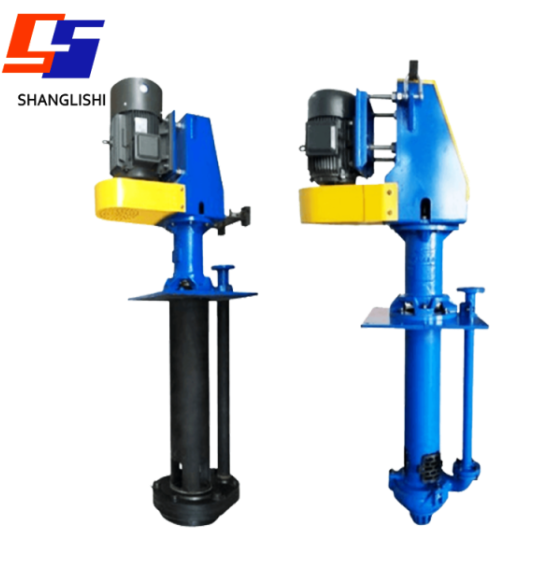The 5 Musts for Choosing the Best Slurry Pump
Published:
Jan 24,2025
When it comes to handling slurry—mixtures of liquids and solids—choosing the right pump is crucial to ensure optimal performance, efficiency, and longevity. Slurry pumps are commonly used in industries like mining, construction, chemical processing, and wastewater treatment.

When it comes to handling slurry—mixtures of liquids and solids—choosing the right pump is crucial to ensure optimal performance, efficiency, and longevity. Slurry pumps are commonly used in industries like mining, construction, chemical processing, and wastewater treatment. Here are the 5 MUSTS to consider when selecting the best slurry pump for your application:
1. Understand the Type of Slurry
Before selecting a slurry pump, it’s essential to thoroughly understand the characteristics of the slurry you're pumping. Different types of slurry (e.g., coarse, fine, abrasive, or viscous) require different pumping solutions.
Particle Size: The size of the solid particles in the slurry will influence the pump’s design. Larger particles require a pump with a larger clearance or a more robust impeller design.
Density: Slurry density affects the pump's power requirements and efficiency. A denser slurry means more energy is needed to pump it, so you may need a more powerful motor or a specialized pump.
Corrosiveness & Abrasiveness: If the slurry contains corrosive or abrasive materials, choose a pump with materials like high-chrome alloys, rubber linings, or ceramic coatings to resist wear and corrosion.
2. Select the Right Material of Construction
The material of the slurry pump is a key factor in ensuring its durability and performance, especially when handling harsh and abrasive slurries.
Hard Metal: For highly abrasive slurries, select pumps made from wear-resistant metals such as high-chrome cast iron or stainless steel. These materials can withstand the rough particles in the slurry and prevent premature wear.
Rubber Linings: For moderate abrasiveness or when dealing with slurries that could cause wear over time, rubber-lined slurry pumps provide good abrasion resistance while also reducing corrosion.
Polyurethane or Ceramic Coatings: For extremely abrasive slurries, some pumps use polyurethane or ceramic materials to provide superior wear protection, extending the pump's service life.
The right material choice ensures not only durability but also that the pump can handle the specific challenges posed by your slurry type.
3. Choose the Right Pump Design
Different slurry applications require specific pump designs. The pump design will determine how well it handles the slurry's characteristics, such as its viscosity, abrasiveness, and flow rate.
Centrifugal Pumps: These are the most common type of slurry pump and are suitable for low to moderate slurry applications. They’re ideal for continuous flow and large volumes of slurry with relatively small particles.
Positive Displacement Pumps: These are used when handling high-viscosity slurries or when a precise flow rate is required. They are better suited for high-pressure applications and when dealing with thick or dense slurries.
Vertical vs. Horizontal Pumps: Vertical slurry pumps are ideal for deep sumps or when the slurry has a high head or heavy solid content. Horizontal pumps are more common for surface applications and generally easier to maintain.
4. Evaluate Pump Capacity and Head Requirements
Pumping capacity and head are key factors in determining whether a slurry pump can meet the operational demands of your application.
Flow Rate (Capacity): Ensure the pump can handle the required flow rate (usually measured in gallons per minute or cubic meters per hour). Consider how much slurry needs to be moved and how fast, as too small a pump will cause overworking, while too large a pump may be inefficient.
Total Head: This refers to the vertical distance the slurry needs to be pumped (usually measured in meters or feet). A higher head means more energy is required, so selecting a pump with the right head capacity is essential for ensuring the pump can lift the slurry effectively without unnecessary wear or energy consumption.
Calculating your system’s flow rate and head requirements allows you to select the right pump size and type to match the operational conditions.
5. Ensure Easy Maintenance and Longevity
To maximize the lifespan and performance of your slurry pump, it’s crucial to choose a model that is easy to maintain and offers long-term reliability.
Wear Parts Accessibility: Look for pumps that have easy-to-replace parts, such as impellers, liners, and seals. Slurry pumps often experience wear from abrasive particles, so choosing a model with easily replaceable components reduces downtime and maintenance costs.
Self-Priming and Seal Maintenance: For ease of maintenance, consider a self-priming slurry pump that reduces the risk of air locking and ensures consistent performance. Additionally, make sure that the seals are designed to withstand the tough conditions typical in slurry pumping.
Durability: Opt for pumps designed with rugged features like heavy-duty shafts and bearings that can handle continuous or intermittent operation under harsh conditions. Also, look for models with a reputation for long service life and reliability.
Regular maintenance, along with the proper design, ensures the pump performs efficiently and lasts longer, minimizing the need for costly repairs and replacements.
Conclusion
Choosing the best slurry pump for your application involves considering several critical factors, including the type of slurry, material selection, pump design, capacity and head requirements, and ease of maintenance. By ensuring that the pump is designed to handle the specific demands of your slurry, you can ensure optimal performance, reduce downtime, and extend the life of your equipment. Always work with experienced suppliers or manufacturers who can help guide you through the selection process and provide the best solution for your needs.
Keyword:
SHANGLISHI PUMP GROUP
Department Director: Ms. Wang
Tel: +86-311-82725800/82725629
Email: admin@sls-pump.com
WhatsApp: +86 15830676372
Mobile Website

Mobile Website
Copyright © 2022 SHANGLISHI PUMP GROUP




